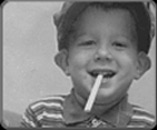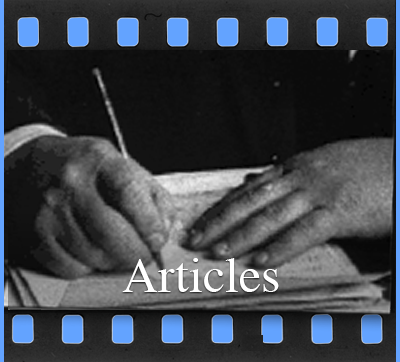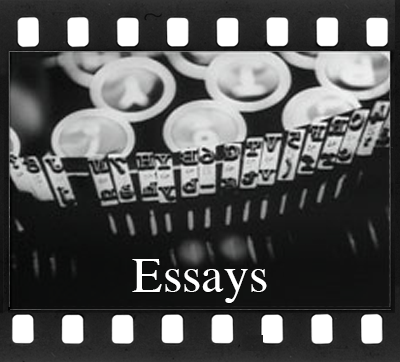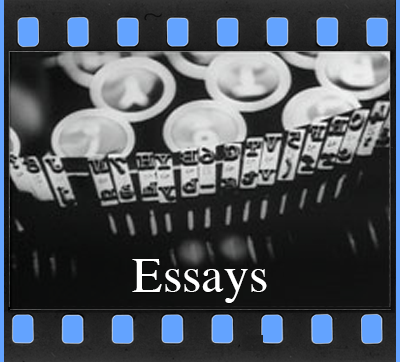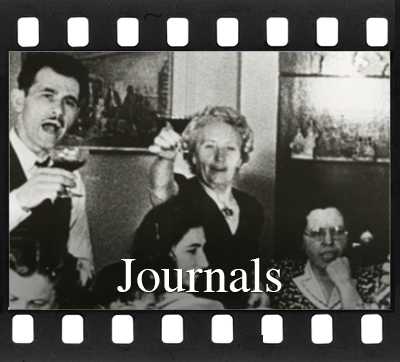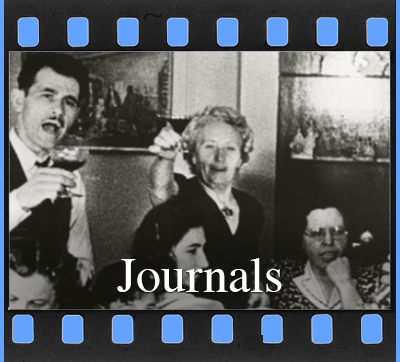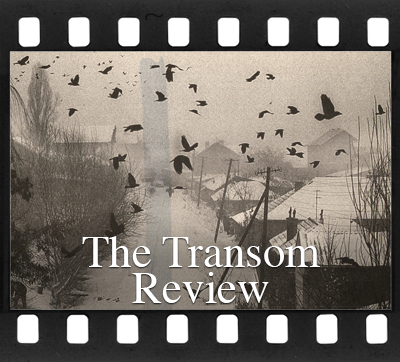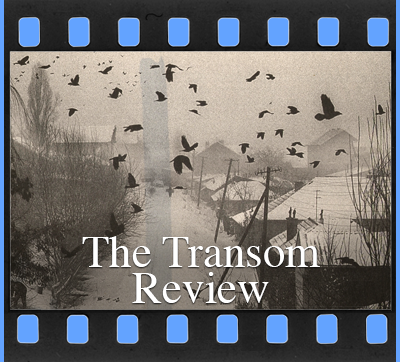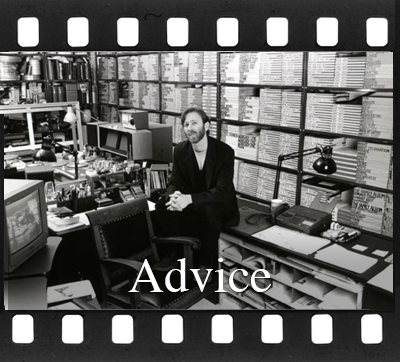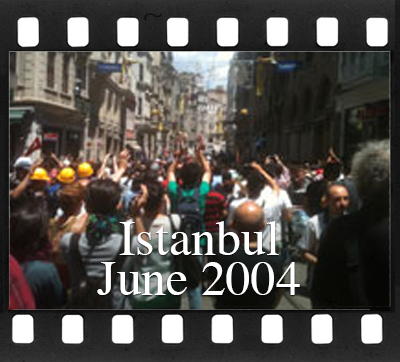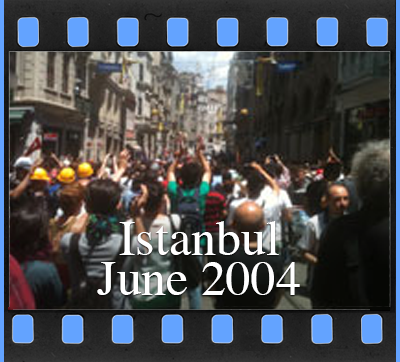CHASING TIME
Realscreen Magazine
September 2006
"and one more thing"
Page 42
I’ve always been under the impression that all outdoor clocks must be set to the correct time. It makes perfect sense: if anyone wants to place a clock in a public space, whether as a civic gesture or a way of gaining prestige and publicity, then it should be their responsibility to make sure the clock is set correctly. I remember a friend of mine telling me she never wore a watch to work, because there was a large outdoor clock visible from her office window.
There's a montage section in my film, Wide Awake that required filming outdoor clocks -- precisely on the hour -- over a complete a 24-hour day/night cycle. Before shooting began, I spent days walking all over New York City, searching high and low (there's actually a working clock encased in the sidewalk on lower Broadway), for clocks to use in the film. When production started, Director of Photography, Ian Vollmer, Associate Producer, Natalya Trifonova and I ran all over the city -- on foot, by taxi, or subway – in search of the next clock on my list, in order to be there with our camera at the precise moment it reached "o'clock." We called it "chasing time." The key point is that we could never be late; otherwise we’d miss our shot and have to re-shoot (at the same time) on a different day. Not a big problem when it's five in the afternoon, but a much less welcome prospect when you’ve waited all night to film at five in the morning.
I had chosen the western face of the Con Edison Building Clock on 14th street as the 5:00am shot. It’s a four-sided clock tower, with the same elegantly sculpted analogue design, outlined in light bulbs (during the night hours) on all four sides. After a long night of shooting that took us from Times Square to Lincoln Center to Greenwich Village, we arrived at Union Square about 20 minutes early to shoot the clock from a vantage point inside the park. As we set up the shot, I immediately became concerned about the overhang of surrounding trees that were intruding upon the composition, and began to sense the futility of our continual attempts to re-position the tripod and reframe the image. The shot wasn’t working. Meanwhile, time was passing. What to do?
With about 15 minutes left before the "zero" hour, I quickly decided that we should leave the park and try to find the southern face of the clock from somewhere below 14th street – a vantage point I hadn’t scouted, but imagined would be our next best alternative. We grabbed the camera and ran as fast as we could down Broadway, turning east on 11th Street. We stopped and looked north. No clock. We ran some more. No clock. Were we too close? Should we move further east? Farther south? Tick. Tick. Tick. Time was running out. Panic. "OK," I said to everyone, "New plan: Let’s film the eastern façade of the clock." And so off we ran again, this time streaming across 11th street to 3rd Avenue, then darting north, through and across the headlights of early morning traffic.
When we reached a spot just below 14th Street, Ian and I opened the tripod, stabbed it down on the pavement and looked through the lens -- only to discover that the clock read, 5:03. We were too late. Damn. After all that, we had missed the shot.
In the minute or two it took to catch our breath and commiserate, it occurred to me that something seemed "off." Time had somehow moved too quickly as we circled south around the Con Edison building. In the next instant I hailed a taxi, rushed everyone inside, and told the driver to take us back to Union Square Park, the site of our first attempt to get the shot. I also told him to hurry. In less than three minutes, we scurried up the stairs towards our original vantage point, turned around, and miraculously, the western face of the clock read 4:56.
Tick. Tick. Tick. Racing against time, we hopped over two small fences inside the park, giving us a different perspective that eliminated the tree problem. By the time we pressed record on the camera, we were less than 30 seconds from the exact moment of pure 5 o’clock -- but we made it. In the search for one shot, we had been early, then we were too late, then we were just in time.
- ◻ FILM MEMORIES
- ◻ THE TIME OF OUR LIFES
- ◻ THE WISDOM OF THE ANCIENTS
- ◻ Y2K TIME CAPSULE
- ✓ CHASING TIME
